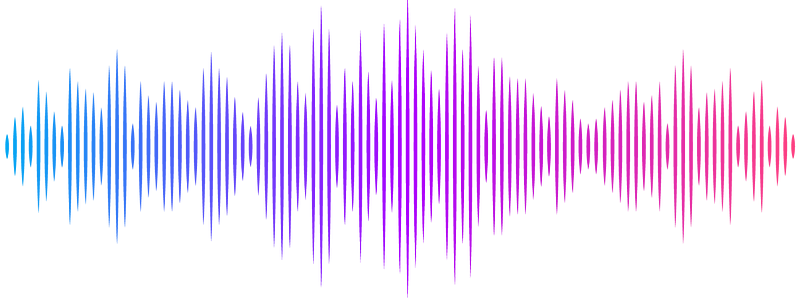Density-dependent network structuring within and across wild animal systems

Density-dependent network structuring within and across wild animal systems
Albery, G. F.; Becker, D. J.; Firth, J. A.; Silk, M.; Sweeny, A. R.; Wal, E. V.; Webber, Q.; Allen, B.; Babayan, S. A.; Barve, S.; Begon, M.; Birtles, R. J.; Block, T. A.; Block, B. A.; Bradley, J. E.; Budischak, S.; Buesching, C.; Burthe, S. J.; Carlisle, A. B.; Caselle, J. E.; Cattuto, C.; Chaine, A. S.; Chapple, T.; Cheney, B. J.; Clutton-Brock, T.; Collier, M.; Curnick, D. J.; Delahay, R. J.; Farine, D. R.; Fenton, A.; Ferretti, F.; Fielding, H.; Foroughirad, V.; Frere, C.; Gardner, M. G.; Geffen, E.; Godfrey, S. S.; Graham, A. L.; Hammond, P. S.; Henrich, M.; Heurich, M.; Hopwood, P.; Ila
AbstractHigh population density should drive individuals to more frequently share space and interact, producing better-connected spatial and social networks. Despite this widely-held assumption, it remains unconfirmed how local density generally drives individuals\' positions within wild animal networks. We analysed 34 datasets of simultaneous spatial and social behaviour in >55,000 individual animals, spanning 28 species of fish, reptiles, birds, mammals, and insects. >80% of systems exhibited strongly positive relationships between local density and network centrality, providing broad empirical evidence that local density increases connectedness at the individual level. However, >75% of density-connectedness relationships were nonlinear, and density\'s importance declined at higher values in >70% of systems, signifying saturating effects. Density\'s effect was much stronger and less saturating for spatial than social networks, suggesting population density drives individuals to become disproportionately spatially connected rather than socially. These findings reveal fundamental trends underlying societal structuring, with widespread behavioural, ecological, and evolutionary implications.


